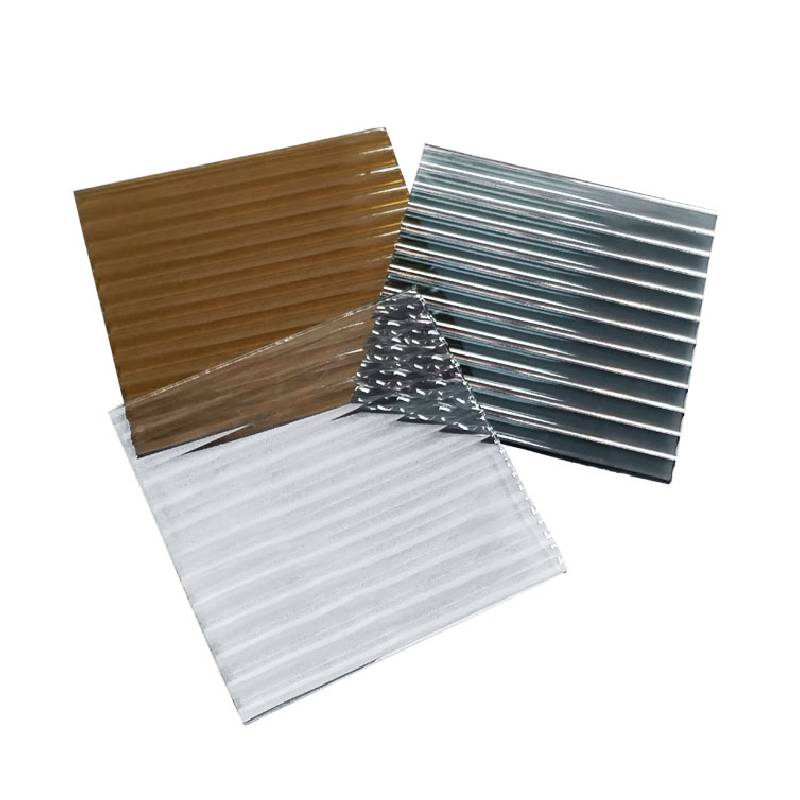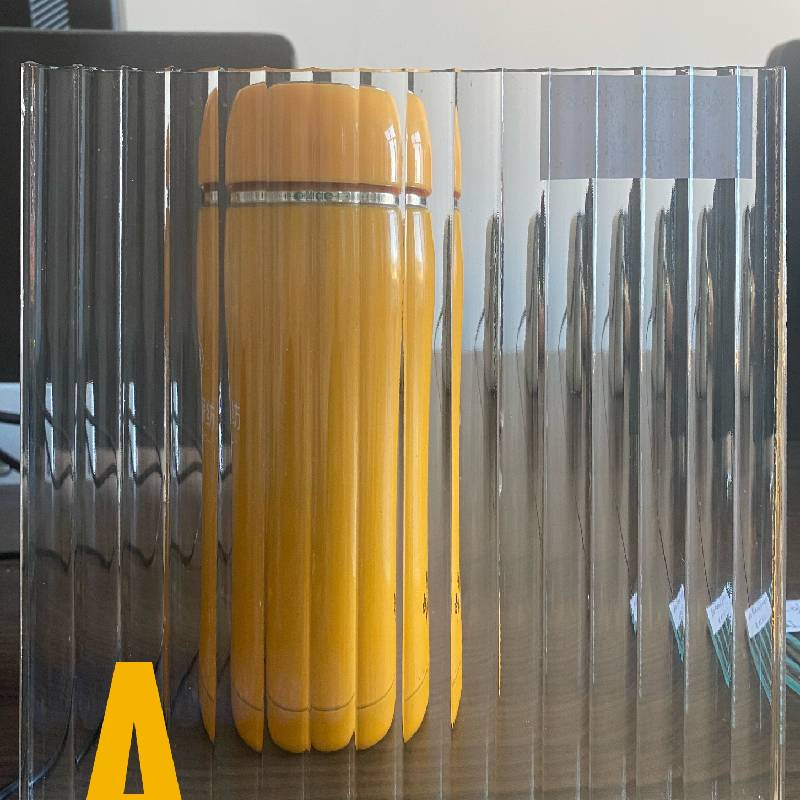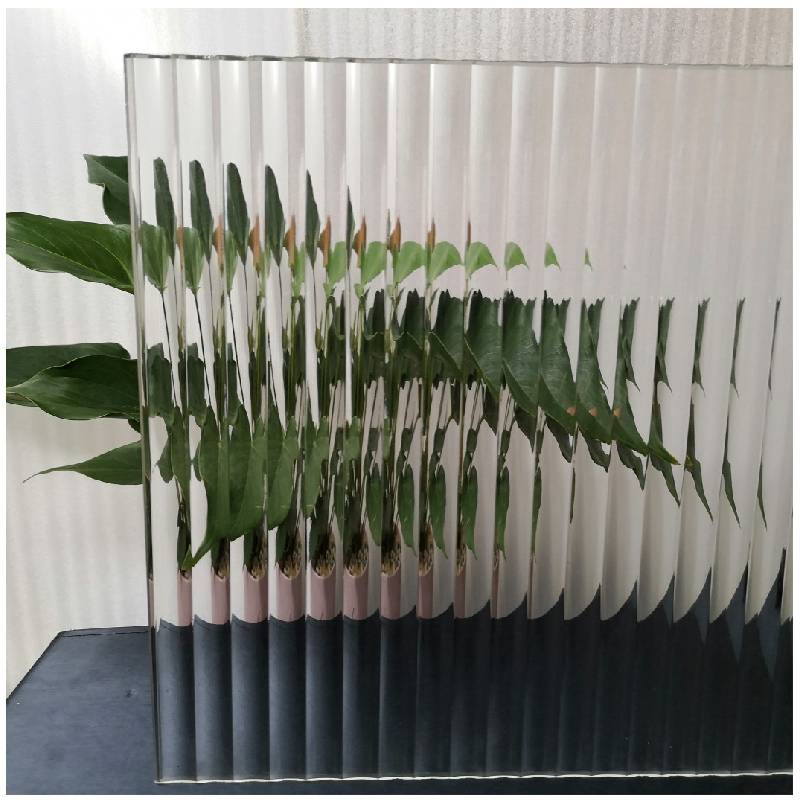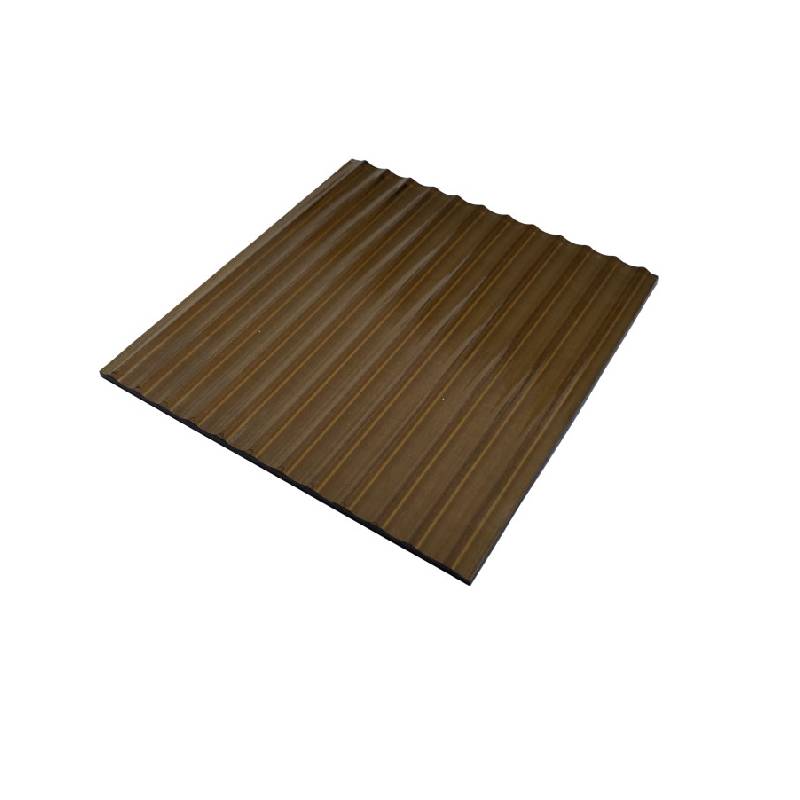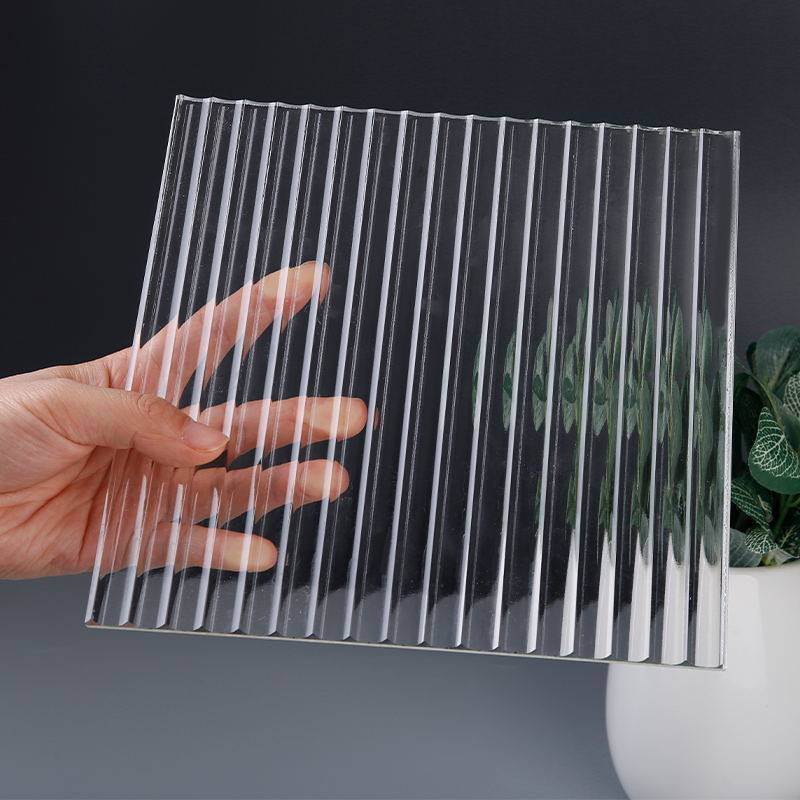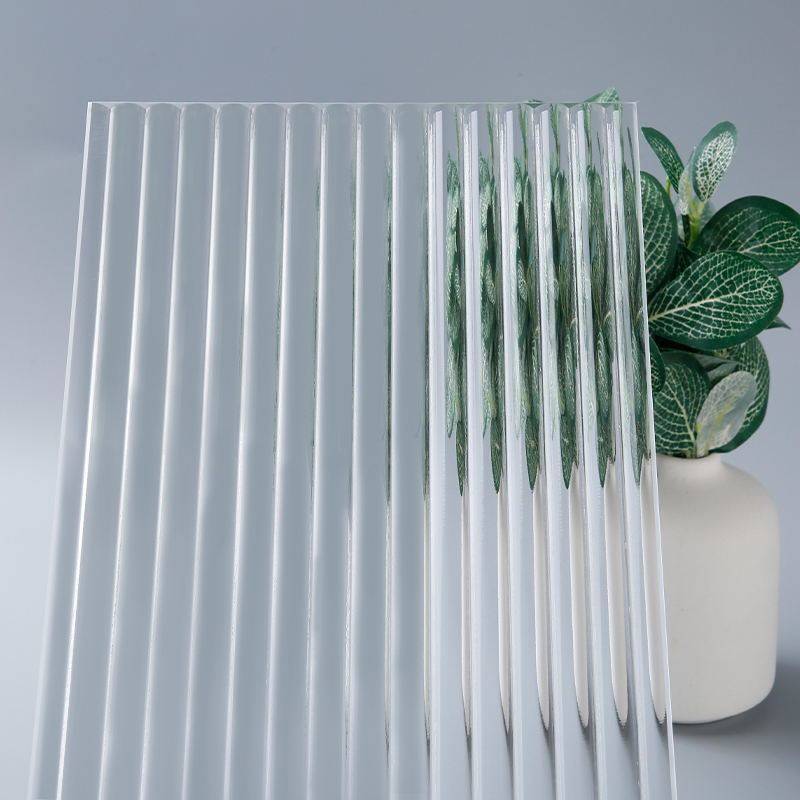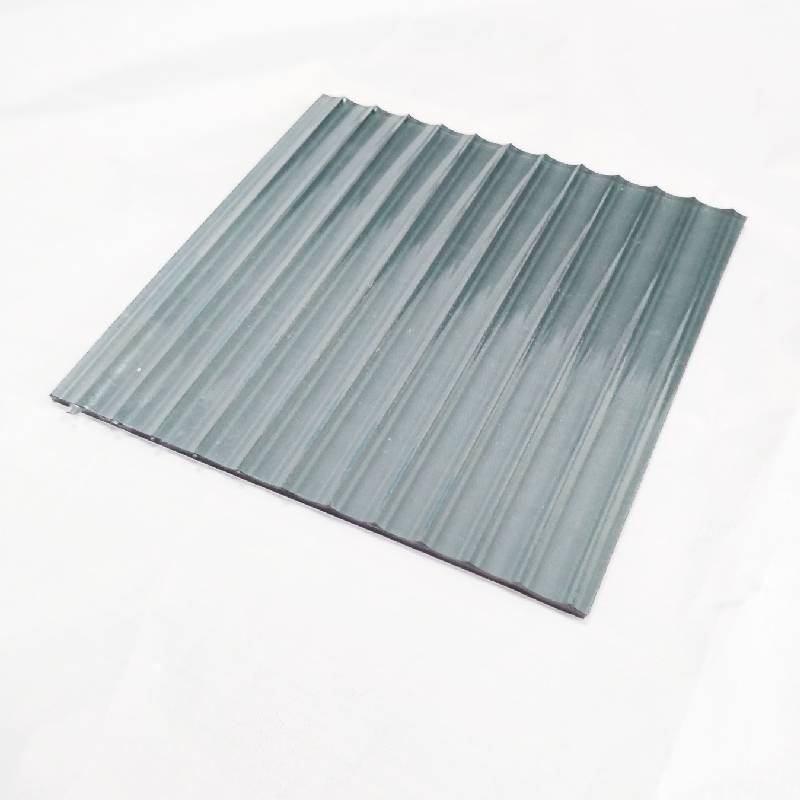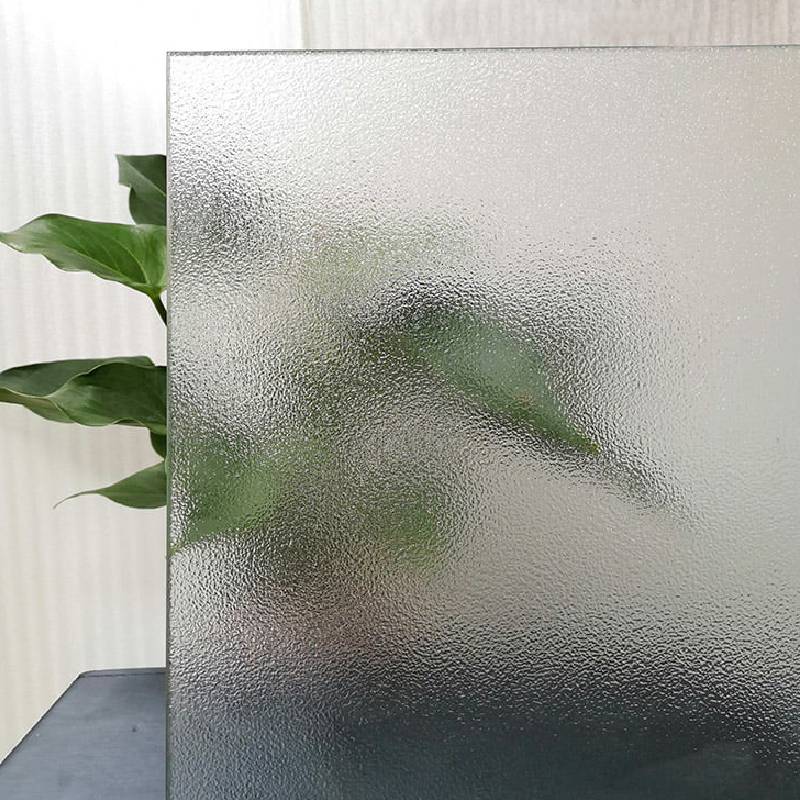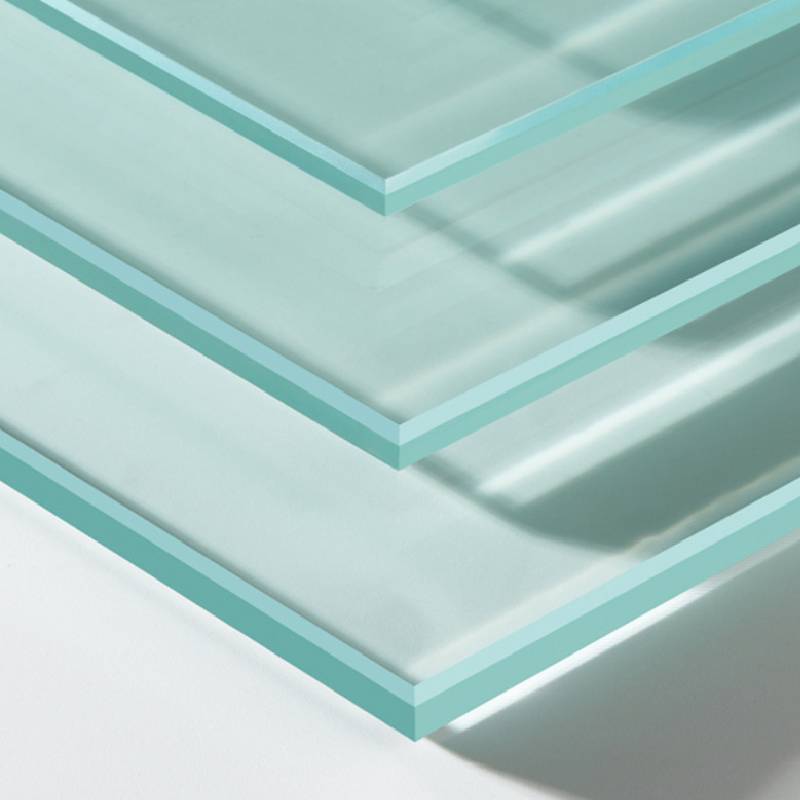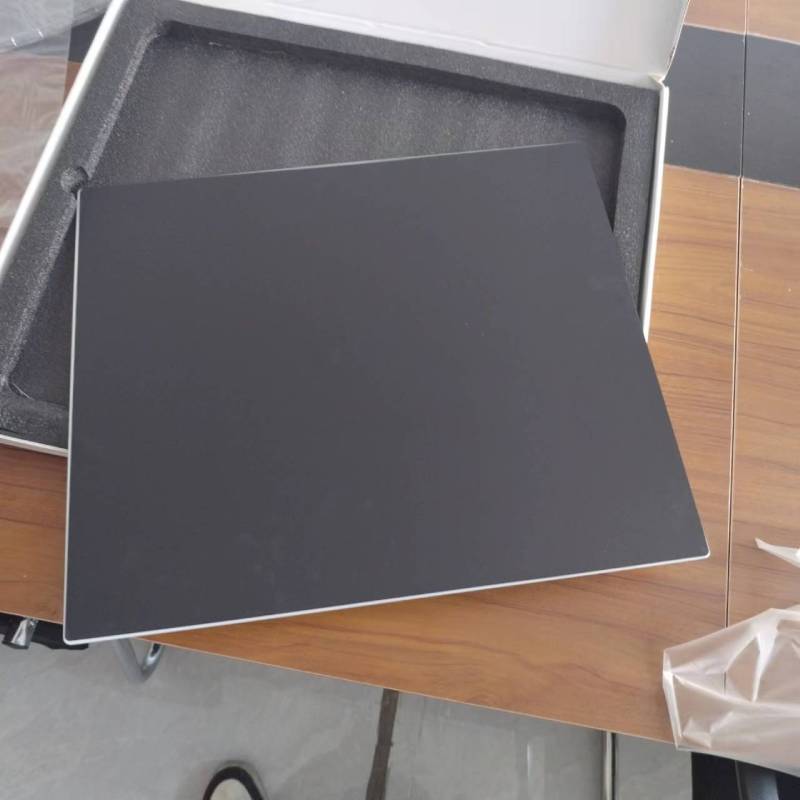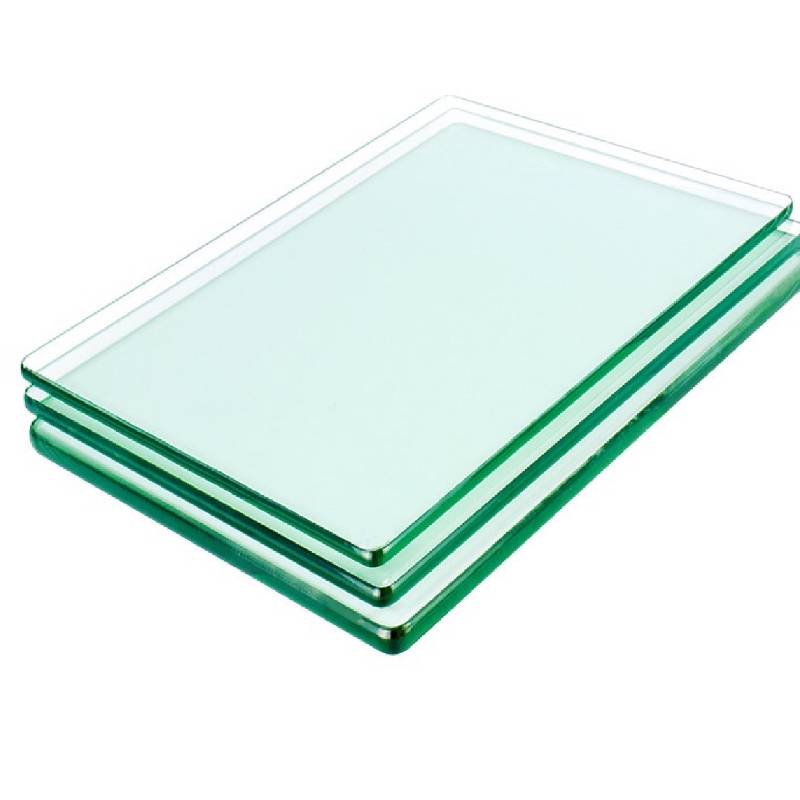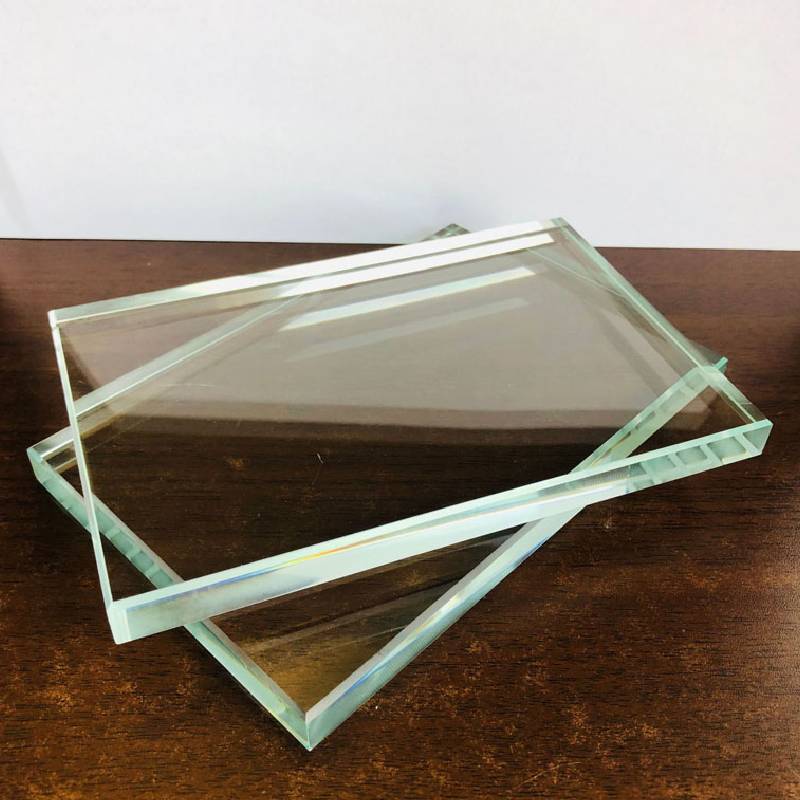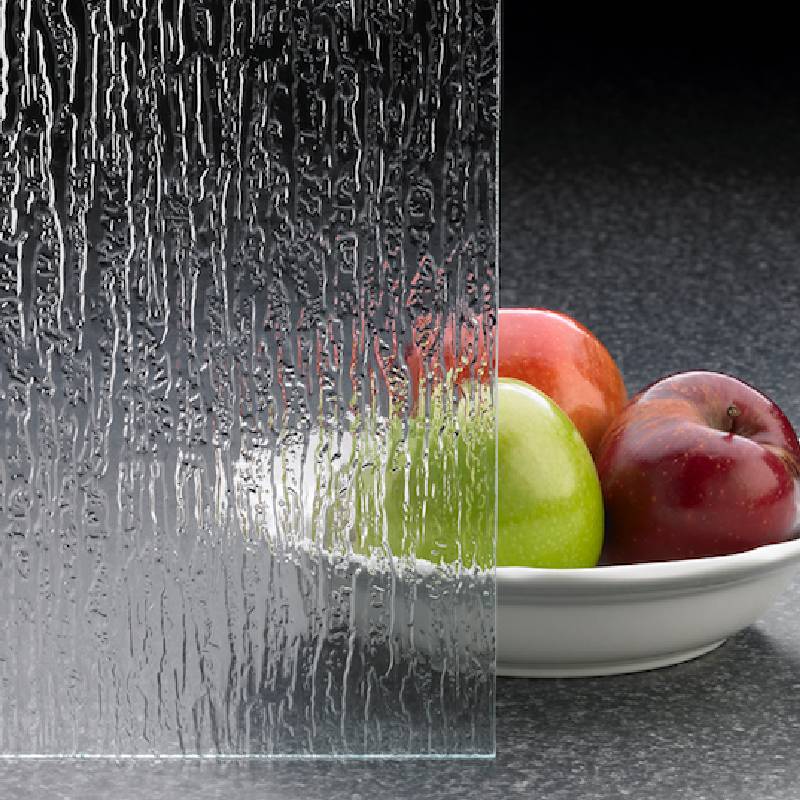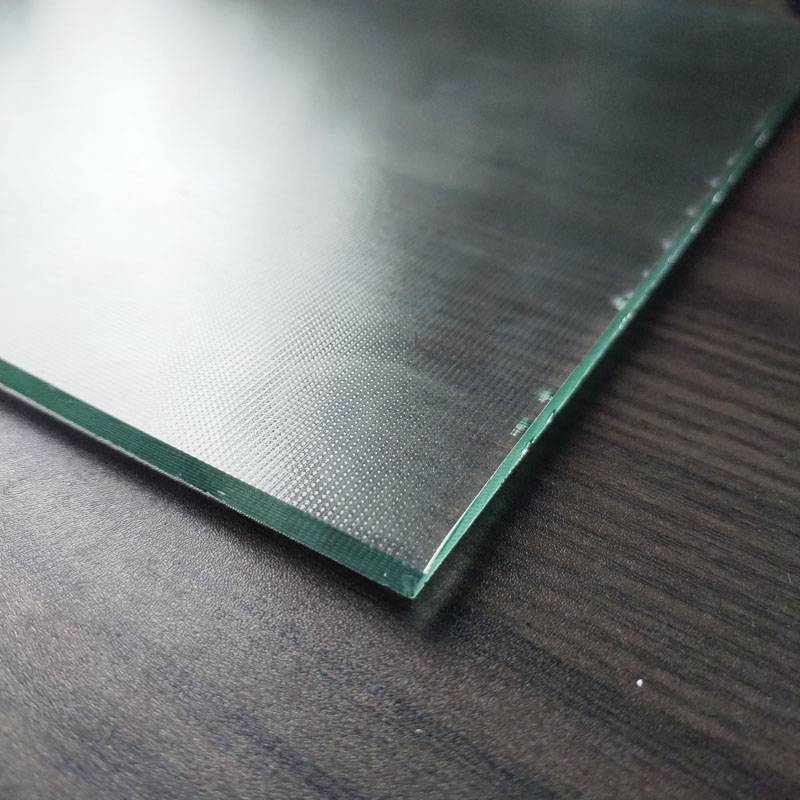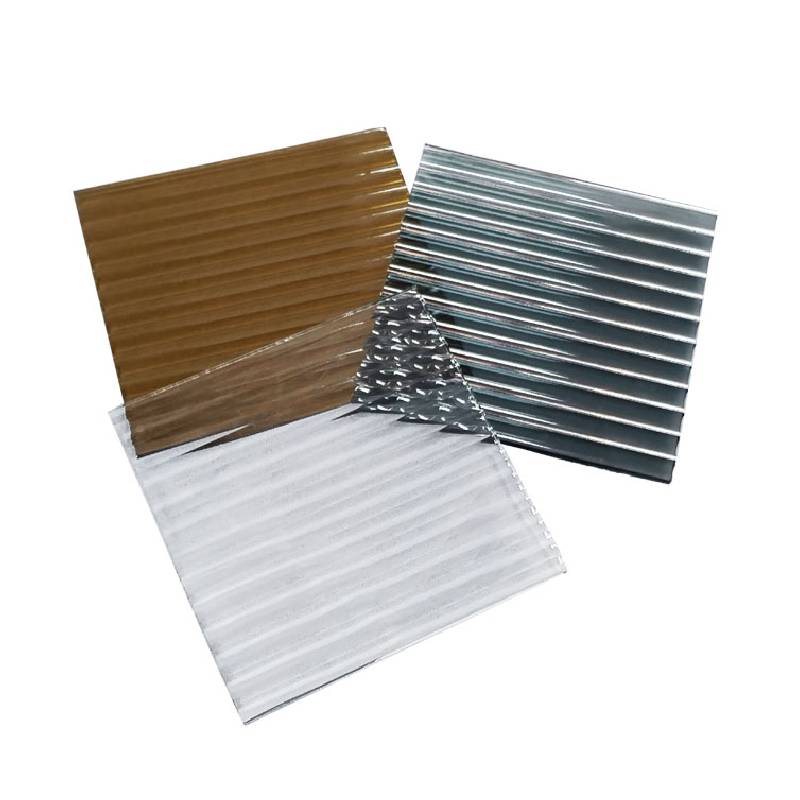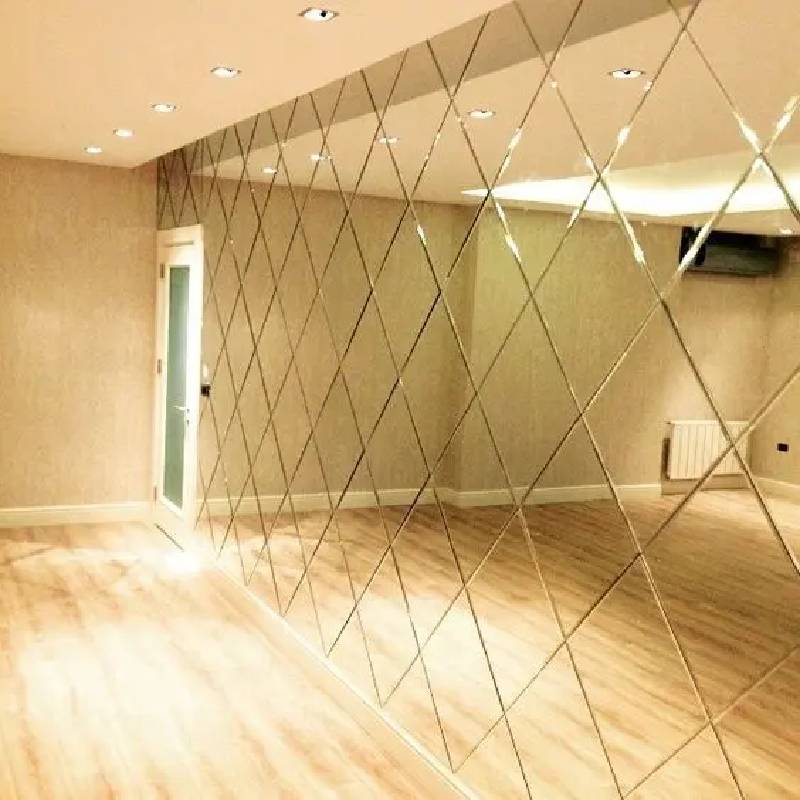- 1. Raw material selection: The process starts with the selection of high-quality raw materials, usually silica sand, soda ash and limestone. These materials were chosen for their purity and consistency, as they greatly influence the final quality of the glass.
2. Ingredients: The selected raw materials are accurately weighed and mixed together in specific proportions. This mixture, called a batch, is loaded into a furnace and melted.
3. Melting: The batch is fed into a furnace that is heated to extremely high temperatures, typically between 1,500 and 1,700 degrees Celsius (2,732 and 3,092 degrees Fahrenheit), depending on the type of glass being produced. Intense heat melts the batch into a viscous liquid called molten glass.
4. Shaping: Once the molten glass reaches the desired consistency, it is formed into the desired shape. This can be done by various methods such as blowing, pressing or moulding. For Moru glass, which often has intricate patterns, techniques such as glass blowing or hand shaping can be used to achieve the desired design.
6. Annealing: Newly formed glass undergoes a process called annealing to eliminate internal stress and strengthen the glass. This involves gradually cooling the glass at a controlled rate to ensure an even temperature distribution throughout the material.
7. Finishing: After annealing is complete, inspect the glass for any defects or blemishes. Any rough edges or sharp points are smoothed away, and the final product is cleaned and polished to enhance its appearance.
- 1. High transparency
Moru glass uses high-quality glass raw materials with high purity, so the transparency is very good and can provide excellent visual effects.
2. A sense of haziness
The vertical line texture of Moru glass has a simple geometric beauty and hazy feeling, which can have a semi-covering effect while maintaining spatial transparency.
3. Transparent but not see-through
Moru glass itself is glass, with the characteristics of glass itself transmitting light. In addition, due to its own grooves with a blurred matte surface, the reflected light, plants or decorations on the other side of the glass can be out of focus. More hazy beauty.
4. Good appearance and wide application
As a high-quality, high-transparency glass material, Moru glass has a variety of functions and functions. It has been widely used in construction, home decoration, automobile and other fields.
Clear Moru glass, ultra clear Moru glass, gray Moru glass, bronze Moru glass, golden Moru glass.
Regular thickness: 4mm, 5mm, 6mm, 8mm, 10mm
Regular size 2000*2440mm, 2100*2440mm, 2100*2800mm, 2100*3300mm
 Afričan
Afričan  albánský
albánský  amharština
amharština  arabština
arabština  arménský
arménský  ázerbájdžánský
ázerbájdžánský  baskický
baskický  běloruský
běloruský  bengálský
bengálský  bosenský
bosenský  bulharský
bulharský  katalánština
katalánština  Cebuano
Cebuano  Korsičan
Korsičan  chorvatský
chorvatský  čeština
čeština  dánština
dánština  holandský
holandský  Angličtina
Angličtina  esperanto
esperanto  estonština
estonština  finština
finština  francouzština
francouzština  fríský
fríský  galicijský
galicijský  gruzínský
gruzínský  Němec
Němec  řecký
řecký  Gudžarátština
Gudžarátština  haitská kreolština
haitská kreolština  hausa
hausa  havajský
havajský  hebrejština
hebrejština  ani náhodou
ani náhodou  Miao
Miao  maďarský
maďarský  islandský
islandský  igbo
igbo  indonéština
indonéština  irština
irština  italština
italština  japonský
japonský  jávský
jávský  Kannada
Kannada  kazašský
kazašský  khmerské
khmerské  Rwandské
Rwandské  korejština
korejština  kurdština
kurdština  kyrgyzština
kyrgyzština  TBC
TBC  latinský
latinský  lotyšský
lotyšský  litevský
litevský  lucemburský
lucemburský  makedonský
makedonský  Malgashi
Malgashi  malajština
malajština  malajálamština
malajálamština  maltština
maltština  maorští
maorští  maráthština
maráthština  mongolský
mongolský  Myanmar
Myanmar  nepálský
nepálský  norský
norský  norský
norský  okcitánština
okcitánština  paštština
paštština  Peršan
Peršan  polština
polština  portugalština
portugalština  pandžábština
pandžábština  rumunština
rumunština  ruština
ruština  Samoan
Samoan  skotská gaelština
skotská gaelština  srbština
srbština  Angličtina
Angličtina  Shona
Shona  Sindhi
Sindhi  sinhálština
sinhálština  Slovák
Slovák  slovinský
slovinský  somálský
somálský  španělština
španělština  sundánština
sundánština  svahilština
svahilština  švédský
švédský  Tagalog
Tagalog  tádžický
tádžický  tamilština
tamilština  Tatar
Tatar  telugština
telugština  thajština
thajština  turečtina
turečtina  turkmenský
turkmenský  ukrajinština
ukrajinština  Urdu
Urdu  ujgurské
ujgurské  uzbecký
uzbecký  vietnamština
vietnamština  velština
velština  Pomoc
Pomoc  jidiš
jidiš  jorubština
jorubština  Zulu
Zulu 

